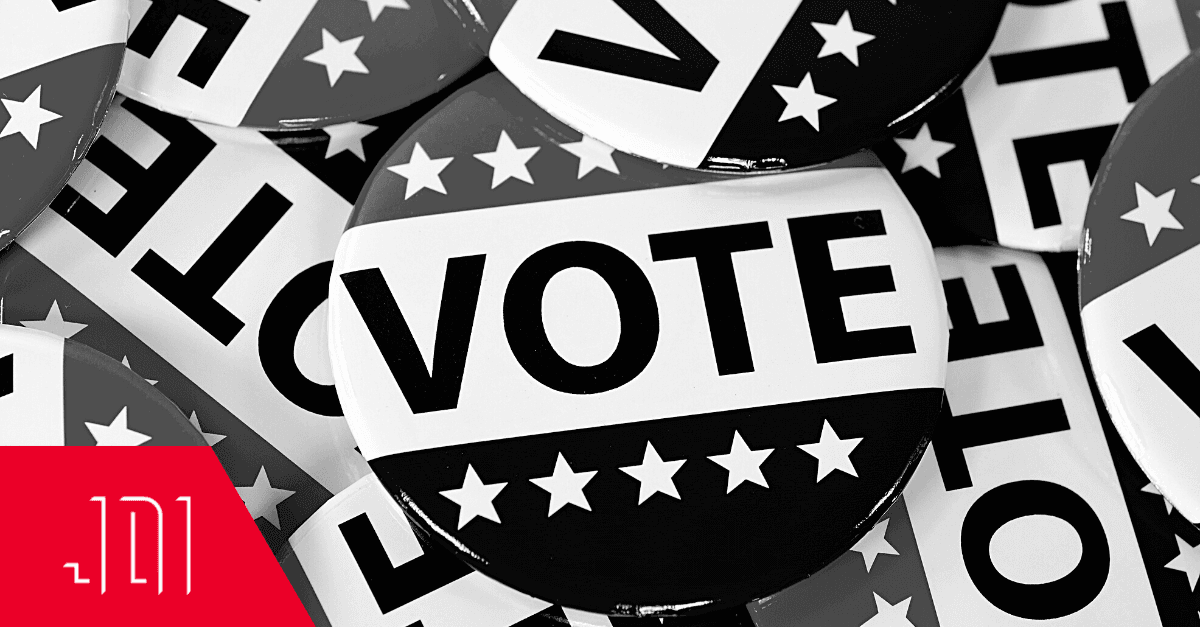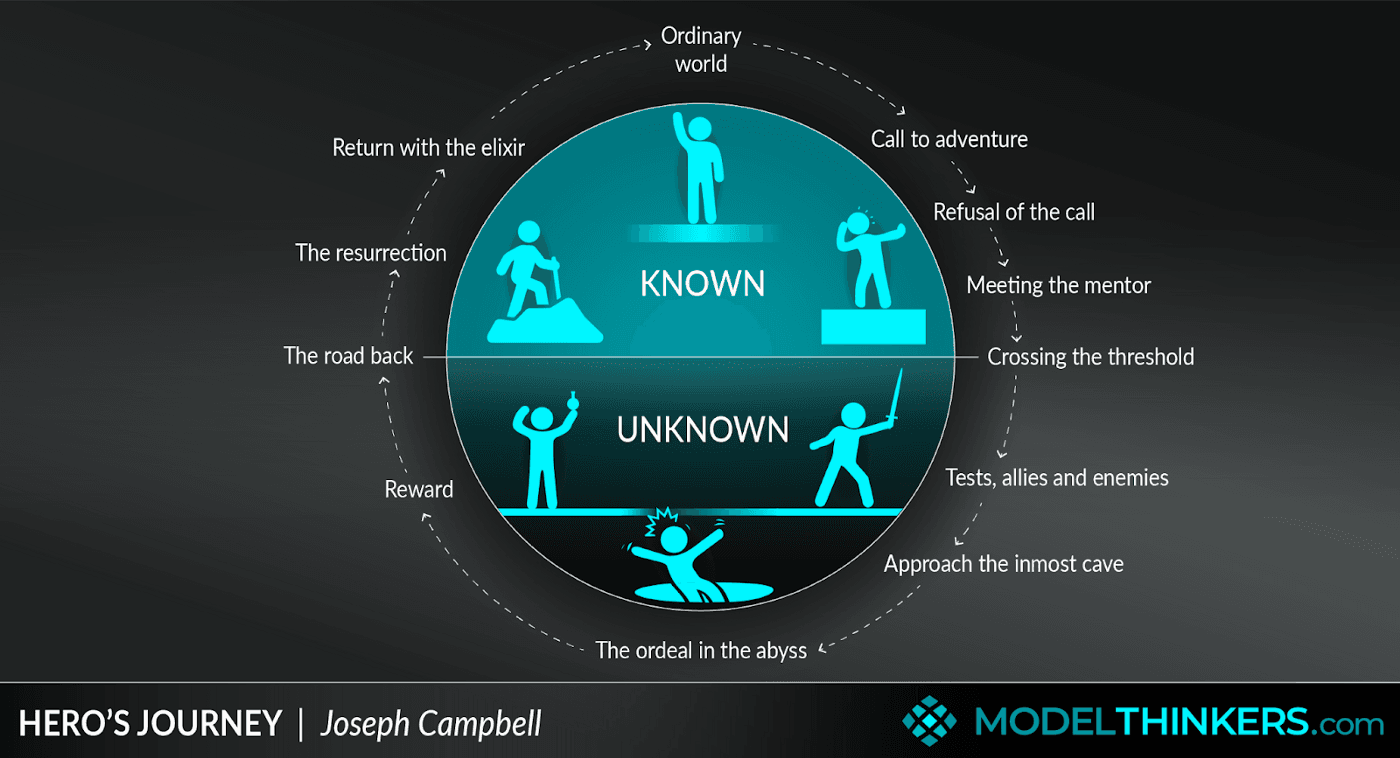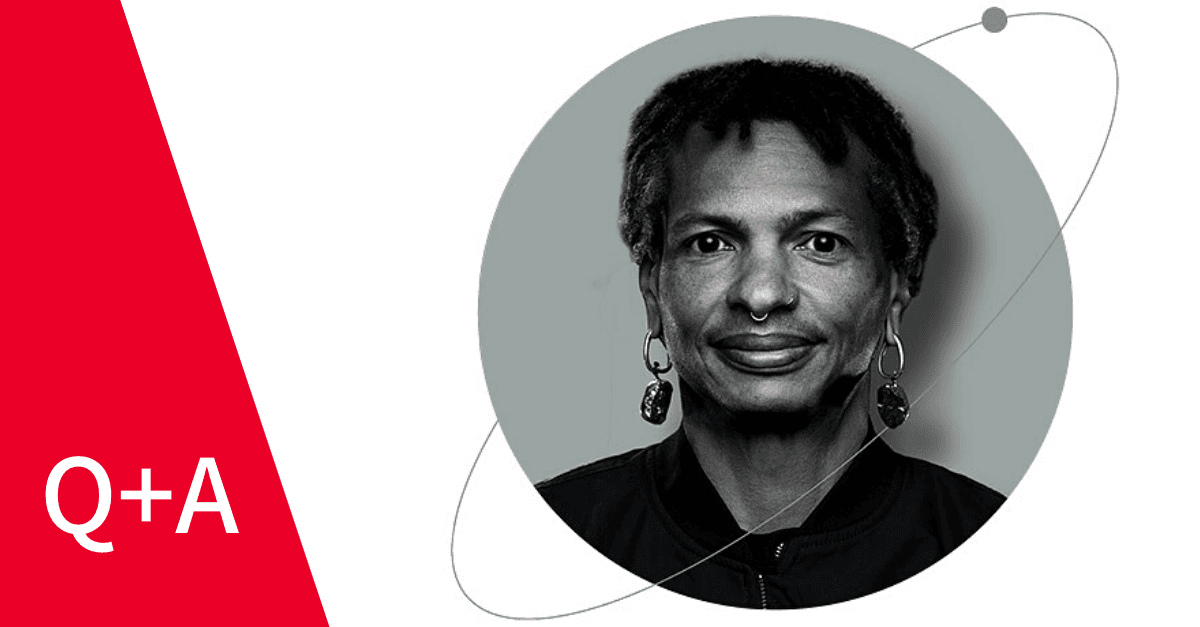Midterms 2022: Where Did All The Scientists Go?
Kevin LaHaise, Vice President at JDI
During the 2018 midterms a top story was the plethora of scientists running for public office. CBS News, among countless other news organizations, noted that hundreds of scientists were running: “Scientists have typically steered clear of the political fray, but this year, more than 450 candidates with backgrounds in science, technology, engineering and math are also seeking state and federal offices.”
In fact, Nature covered the phenomenon in detail, including a summary of the results after the 2018 midterm elections. SCIENCE covered the story at length. And in addition to the widespread media narrative during the 2018 cycle, scientists themselves began to organize. 3.14 Action took center stage in 2018 with their mission to elect more scientists to office at every level of federal, state and local government. This created a bit of a movement across the country. The flurry of scientists engaging in the political process extended to many groups with varying missions, including 500 Women Scientists, a group that applies an equity lens to the scientific community, but also engaged in the movement to elect more scientists to office in 2018.
So here we are in 2022, midterms are nearly upon us, and science is an afterthought — what gives?
Keeping the Sword Sharp in Times of Peace
Groups like 3.14 Action continue their work in the political arena, but there’s not much in the news anymore. ABC covered their plans for the 2022 midterms last year, and the group has grown its support base massively, including scaling fundraising with plans to put $50 million into races this year. Nonetheless, a lot of the buzz around the issue has gone away since President Trump left office.
The movement had to shift the messaging when they no longer had all the elements of a hero’s journey, a classic story structure that permeates almost every facet of American life, from politics to Disney movies. But how can the movement to elect scientists tell a classic hero’s journey story without enemies?
Embedded deep within that hero versus villain story structure, and within the movement to elect scientists, is a very well understood psychological phenomenon called “negativity bias.” You can read more about this, but it’s well summarized here:
“There is ample empirical evidence for an asymmetry in the way that adults use positive versus negative information to make sense of their world; specifically, across an array of psychological situations and tasks, adults display a negativity bias, or the propensity to attend to, learn from, and use negative information far more than positive information.”
In other words: when the movement could point to the no-good, terrible, very bad things they believed certain politicians were doing to the scientific community, it caught people’s attention and it motivated them to take action. It was simple, it banked on long-established and well-understood psychological biases, it was persuasive, it was effective. Science was “under attack” so to speak, and the movement needed only to point that out and offer a simple call to arms.
So what does this tell us about the movement to elect scientists? For one, they have a bit of a seasonality challenge. When there’s a high-profile foil to their movement in office or a high-profile issue where legislation defies scientific evidence, they need to fundraise, raise awareness and grow their community aggressively. Get it while the gettin’ is good. Very importantly, they also need a “peace time” messaging strategy when they don’t have the advantage of a villain and negativity bias.
Caveat Voter
Science as a voter platform doesn’t have an easy path ahead of it. Most notably, science struggles to lean on classic messaging strategies like personalization. The impact of personalization on persuasion has been studied at length. Remember how Cambridge Analytica got a hold of a ton of Facebook data in advance of the 2016 presidential election? The part that most of us missed was that they used psychological profiling techniques to create a targeting strategy for campaign ads on Facebook. Ensuing studies proved that it’s highly effective.
“I’ve been warning about these risks for years,’’ says Michal Kosinski, a psychologist and assistant professor of organizational behavior at Stanford Graduate School of Business. “Our latest research confirms that this kind of psychological targeting is not only possible, but effective as a tool of digital mass persuasion.”
Science certainly has a compelling argument for itself, but it lacks the wiggle room to make a compelling and passionate appeal that makes personalized ads work. Even with cutting edge adtech, it falls apart when distributed at scale. You can’t lead with cold, unfeeling facts in a personal appeal and expect to keep voter attention: we live in a sound bite world, after all.
Scientists are stuck without an enemy and can’t use the same playbook as every other politician, so what can they do?
Leaving it to the Experts
You change the framework — every issue is now a science issue. Infrastructure is hot this year, and infrastructure is an engineering issue at the end of the day. Wouldn’t it be good to have more engineers in Congress working on this issue? How about criminal justice reform? Approaching that one from a unit economics point of view clearly hasn’t been working, but what if mental health professionals took a stab? Anyone interested in a mathematician working on tax policy?
Whatever issue is driving headlines in a given period of time, the movement would need to have a compelling scientific take on the matter. When you’re hitching a ride on someone else’s issue, one of the benefits is that there’s likely already a so-called “villain” baked into that narrative. The downside is that you’re jumping from issue to issue, which can take attention away from the core message you want to convey.
Alternatively, just come back to first principles in messaging. Don’t tell me what you do, tell me what you do for me.
The movement to elect scientists is succeeding by all objective measures. In the same way an “I voted” sticker conveys status and taps into a strong desire for a sense of belonging, the movement to elect scientists needs to convey in-group status and belonging with membership. Who doesn’t want to be part of a winning team? Are you a winner?
As the saying goes “people don’t vote for what they want, they vote for who they are.” The movement needs a message that appeals to identity. An “I vote for science” campaign might just do the trick. It doesn’t depend on negativity bias or a well-known villain to tap into what really motivates people. You don’t have to over-segment the audience or personalize the message down to a single issue and talk about the underlying scientific data. All you have to do is offer people the opportunity to be part of a group.
It may sound too simple, but simple is good. To put it the way we usually do at JDI: the best messaging has the courage to be incomplete.





